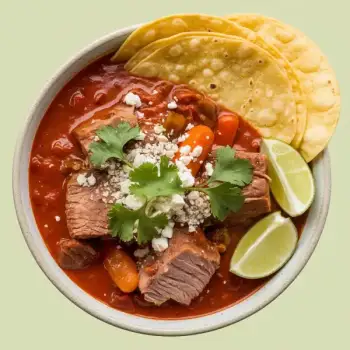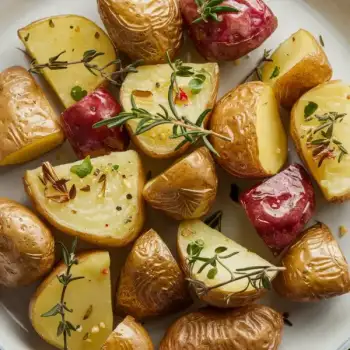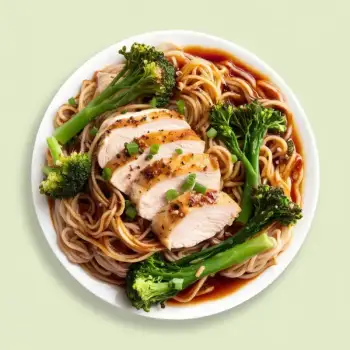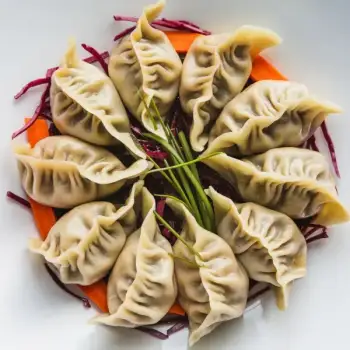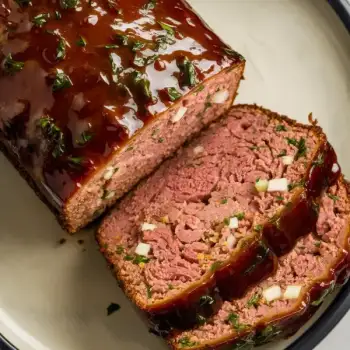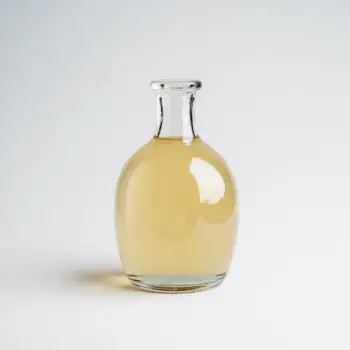


Filtered
White vinegar that has been filtered to remove any sediment, creating a clearer solution.
Distilled
The most common form of white vinegar, made by fermenting grain alcohol, resulting in a clear and highly acidic liquid.
Unfiltered
A less common form that may contain some sediment and have a slightly stronger flavor.




filtered white vinegar: Great Value (Walmart)
distilled white vinegar: Heinz
unfiltered white vinegar: Bragg

Pickling: Pickling is a popular method to preserve vegetables using white vinegar. The high acidity of white vinegar creates an environment that inhibits the growth of bacteria, ensuring the vegetables are preserved safely while also adding a tangy flavor.
Marinating: White vinegar is often used in marinades to help tenderize meat and infuse it with flavor. The acid in the vinegar breaks down proteins, making the meat more tender. However, it's important not to marinate for too long, as the acid can also toughen the meat if left for extended periods.
Dressing Making: White vinegar is a staple in many salad dressings, providing a sharp, tangy taste that can be balanced with oil, mustard, honey, or other dressings components. It's important to emulsify the vinegar with the oil to create a stable and homogenous mixture.





